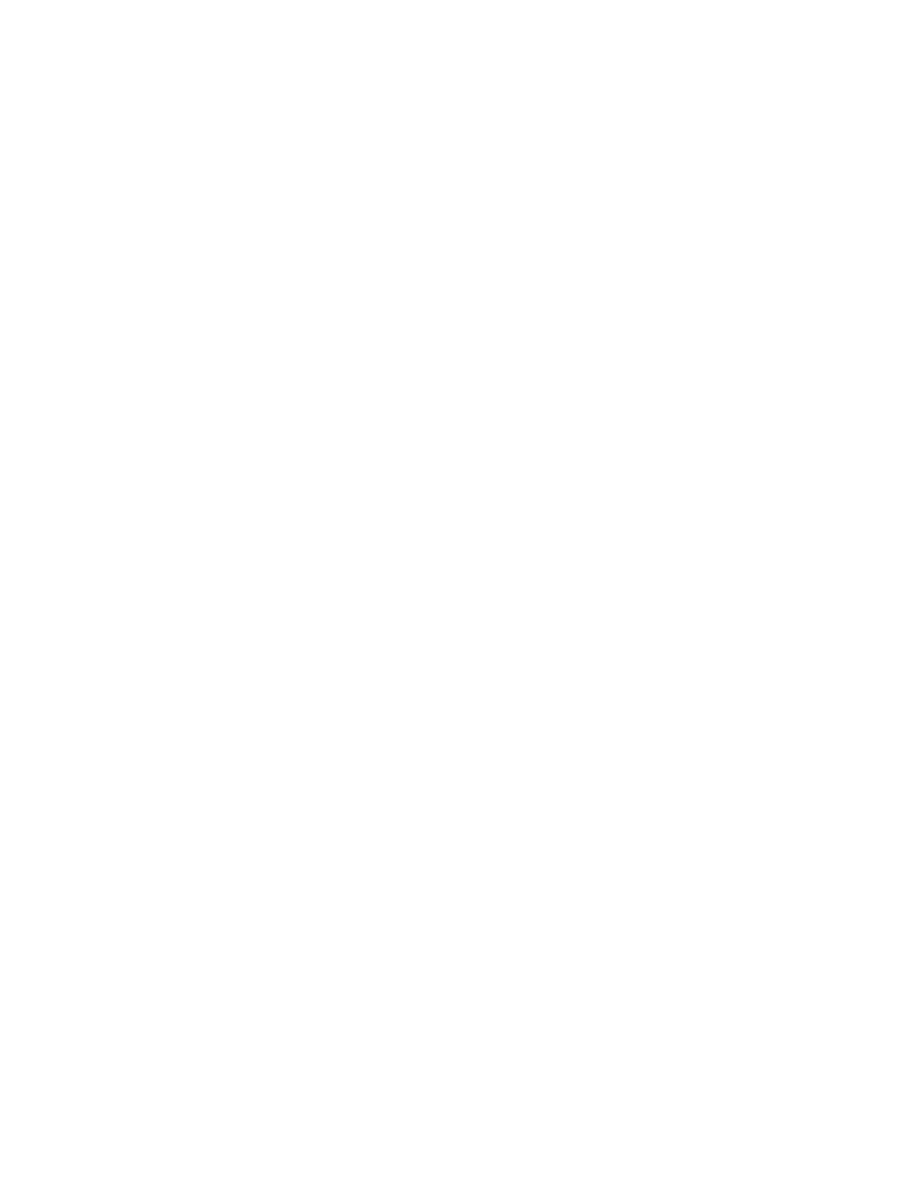
974
14 CFR Ch. I (1–1–14 Edition)
Pt. 36, App. J
Section J36.5 [Reserved]
P
ART
B—N
OISE
M
EASUREMENT
P
ROCEDURE
U
NDER
§ 36.801
Section J36.101 Noise certification test and
measurement conditions.
(a)
General. This section prescribes the con-
ditions under which helicopter noise certifi-
cation tests must be conducted and the
measurement procedures that must be used
to measure helicopter noise during each test.
(b)
Test site requirements. (1) The noise
measuring station must be surrounded by
terrain having no excessive sound absorption
characteristics, such as might be caused by
thick, matted, or tall grass, shrubs, or wood-
ed areas.
(2) During the period when the flyover
noise measurement is within 10 dB of the
maximum A-weighted sound level, no ob-
struction that significantly influences the
sound field from the helicopter may exist
within a conical space above the noise meas-
uring position (the point on the ground
vertically below the microphone), the cone is
defined by an axis normal to the ground and
by half-angle 80 degrees from this axis.
(c)
Weather restrictions. The test must be
conducted under the following atmospheric
conditions:
(1) No rain or other precipitation;
(2) Ambient air temperature between 36 de-
grees and 95 degrees Fahrenheit (2 degrees
and 35 degrees Celsius), inclusively, and rel-
ative humidity between 20 percent and 95
percent inclusively, except that testing may
not take place where combinations of tem-
perature and relative humidity result in a
rate of atmospheric attenuation greater than
10 dB per 100 meters (30.5 dB per 1000 ft) in
the one-third octave band centered at 8 kilo-
Hertz.
(3) Wind velocity that does not exceed 10
knots (19 km/h) and a crosswind component
that does not exceed 5 knots (9 km/h). The
wind shall be determined using a continuous
averaging process of no greater than 30 sec-
onds;
(4) Measurements of ambient temperature,
relative humidity, wind speed, and wind di-
rection must be made between 4 feet (1.2 me-
ters) and 33 feet (10 meters) above the
ground. Unless otherwise approved by the
FAA, ambient temperature and relative hu-
midity must be measured at the same height
above the ground.
(5) No anomalous wind conditions (includ-
ing turbulence) or other anomalous meteoro-
logical conditions that will significantly af-
fect the noise level of the helicopter when
the noise is recorded at the noise measuring
station; and
(6) If the measurement site is within 6560
feet (2,000 meters) of a fixed meteorological
station (such as those found at airports or
other facilities) the weather measurements
reported for temperature, relative humidity
and wind velocity may be used, if approved
by the FAA.
(d)
Helicopter testing procedures. (1) The hel-
icopter testing procedures and noise meas-
urements must be conducted and processed
in a manner which yields the noise evalua-
tion measure designated Sound Exposure
Level (SEL) as defined in section J36.109(b)
of this appendix.
(2) The helicopter height relative to the
noise measurement point sufficient to make
corrections required under section J36.205 of
this appendix must be determined by an
FAA-approved method that is independent of
normal flight instrumentation, such as radar
tracking, theodolite triangulation, laser
trajectography, or photographic scaling
techniques.
(3) If an applicant demonstrates that the
design characteristics of the helicopter
would prevent flight from being conducted in
accordance with the reference test condi-
tions prescribed under section J36.3 of this
appendix, then with FAA approval, the ref-
erence test conditions used under this appen-
dix may vary from the standard reference
test conditions, but only to the extent de-
manded by those design characteristics
which make compliance with the reference
test conditions impossible.
Section J36.103 [Reserved]
Section J36.105 Flyover test conditions.
(a) This section prescribes the flight test
conditions and allowable random deviations
for flyover noise tests conducted under this
appendix.
(b) A test series must consist of at least six
flights. The number of level flights made
with a headwind component must be equal to
the number of level flights made with a tail-
wind component over the noise measurement
station:
(1) In level flight and in cruise configura-
tion;
(2) At a height of 492 feet
±
50 feet (150
±
15
meters) above the ground level at the noise
measuring station; and
(3) Within
±
10 degrees from the zenith.
(c) Each flyover noise test must be con-
ducted:
(1) At the reference airspeed specified in
section J36.3(c) of this appendix, with such
airspeed adjusted as necessary to produce
the same advancing blade tip Mach number
as associated with the reference conditions;
(i) Advancing blade tip Mach number (M
AT
)
is defined as the ratio of the arithmetic sum
of blade tip rotational speed (V
R
) and the
helicopter true air speed (V
T
) over the speed
of sound (c) at 77 degrees Fahrenheit (1135.6
ft/sec or 346.13 m/sec) such that M
AT
=(V
R
+V
T
)/
c; and
(ii) The airspeed shall not vary from the
adjusted reference airspeed by more than
±
3
VerDate Mar<15>2010
10:12 Mar 18, 2014
Jkt 232046
PO 00000
Frm 00984
Fmt 8010
Sfmt 8002
Y:\SGML\232046.XXX
232046
pmangrum on DSK3VPTVN1PROD with CFR